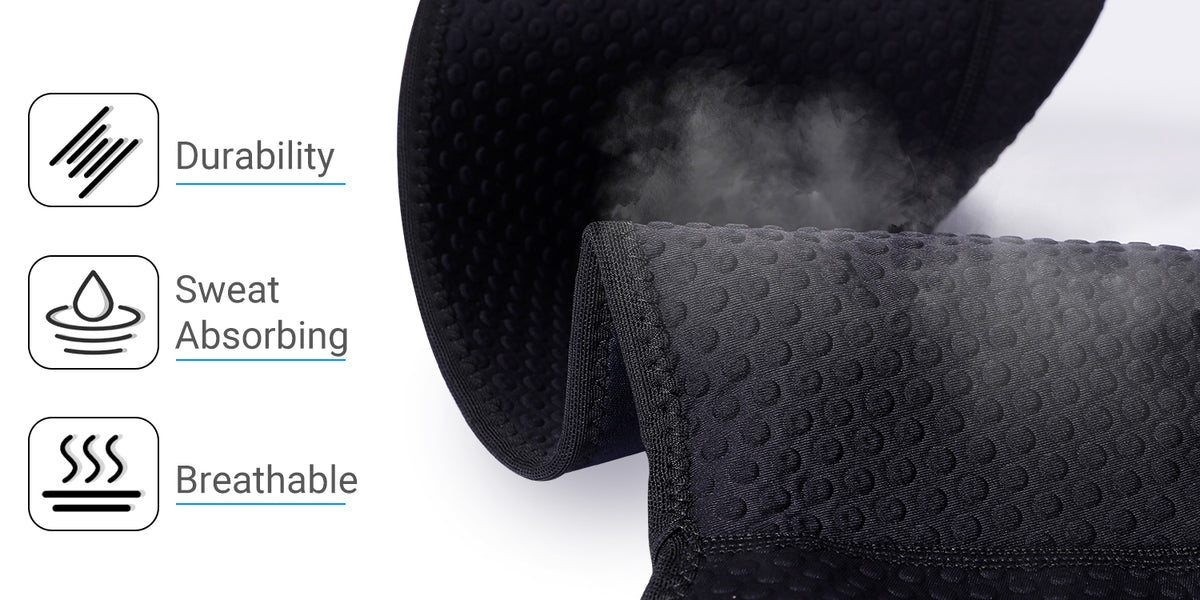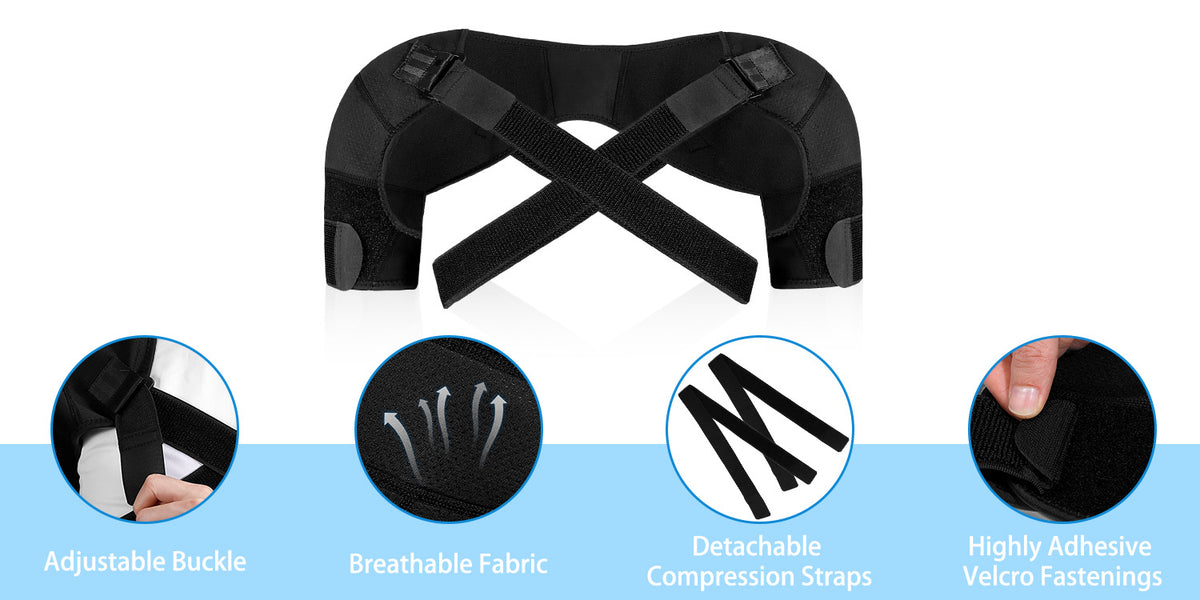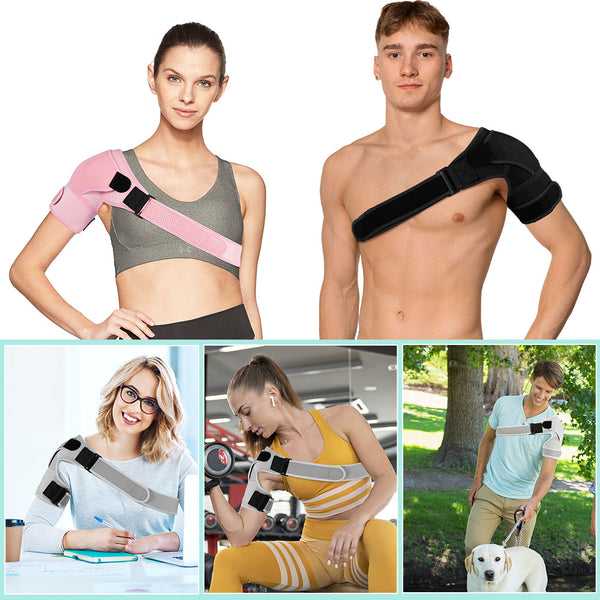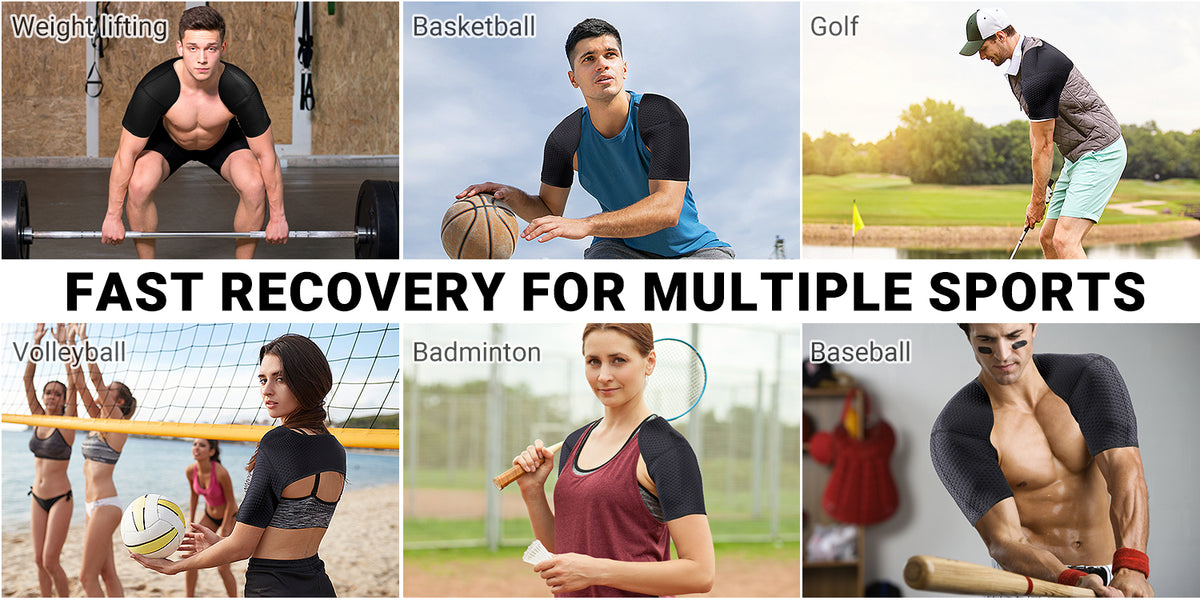What Is the Best Material for Shoulder Braces

Neoprene is the ideal choice when strong support and durable performance are needed, considering that polyester and spandex do a better job in respect of the former two aspects listed above, hence acting as good alternatives for cases of longtime wearing or rehabilitation.
Comparison of Support
In general, support through is given in order to stabilize the shoulder joint, help prevent injury, and reduce injury. For high-intensity support, neoprene is ideal.
According to the Journal of Sports , neoprene material braces can decrease shoulder joint instability up to 40%. Neoprene, owing to its high elasticity and excellent resistance to compression, can effectively limit abnormal shoulder joint movements, which gives good support.
By contrast, nylon is used mainly to increase the structural strength of the brace; However, nylon itself supports very weakly and usually combines with other types of material to perform its function. Polyester and spandex support mediums and light respectively, which will be useful in mild shoulder problems or rehabilitation training only.
Breathability Comparison
Breathability is one of the most critical factors in that provide comfort and create a good user experience, especially when it comes to high temperature and long-time wear. Polyester would be the best choice for people who need high breathability.
According to research from the Journal of Exercise Physiology, polyester braces can lower the skin temperature by as much as 2°C, leading in breathability with other materials. Therefore, polyester is ideal in long-time wear and high breathability scenarios.
Neoprene, while providing good support, is very poorly breathable. Elastic fiber has good air permeability and moisture absorption, but is slightly inferior to polyester fiber in air permeability.
Long-term Wear and Comfort
Comfort concerns the softness, fit, and skin-friendliness of the material. Spandex would be the best choice for users who have to wear for long periods of time and seek high comfort.
Spandex provides high elasticity and softness, thus can fit the contour of the shoulder much better and deliver the best comfort when worn. According to the survey in the Journal of Rehabilitation Nursing, 85% of users believe that spandex braces are the most comfortable to wear for long periods of time.
Polyester also meets very high comfort requirements, since it is soft and allows for breathing. 90% of the patients in rehabilitation testified that in the case of long-term wear, polyester braces corresponded to high comfort.
Neoprene, because of its thickness and low breathability, can be worn only for a short time without causing discomfort to the skin, so its application should be more related to short-time or situation-based usage.
Material Selection for Different Scenarios
The material selection of shoulder brace should be different because of the different application scenarios to achieve the best effect. For example, neoprene is for high-intensity sports, spandex and polyester are recommended for rehabilitation training, and spandex and polyester work for daily use.
In high-intensity sports like basketball and football, the shoulder needs to have much support and protection. Athlete Equipment Report shows that neoprene material braces represent 90% of professional choice. Neoprene provides stable support in intensive sports and saves from possible injuries.
By contrast, in rehabilitation after shoulder surgery or mild injury, it requires moderate support and high comfort. In light of this, spandex combined with polyester offers light support with good breathability that meets rehabilitation training requirements.
Strongest Materials
Durability has a direct influence on the service life and cost-effectiveness of braces. Based on the requirement of users for high durability, neoprene and nylon present the best option.
Tests by the Sports Equipment Laboratory show that after one year of continuous use, neoprene braces still maintain 90% performance. In this case, for long-term use-neoprene braces are the best option for both athletes and rehabilitation patients.
As an outer layer material, nylon also has excellent abrasion and anti-aging, further enhancing the total lifetime of the . According to the Materials Engineering Report, nylon outer-layer braces have a 30% longer service life compared to ordinary material braces.
-
Posted in
Brace, Pain, Shoulder pain


















